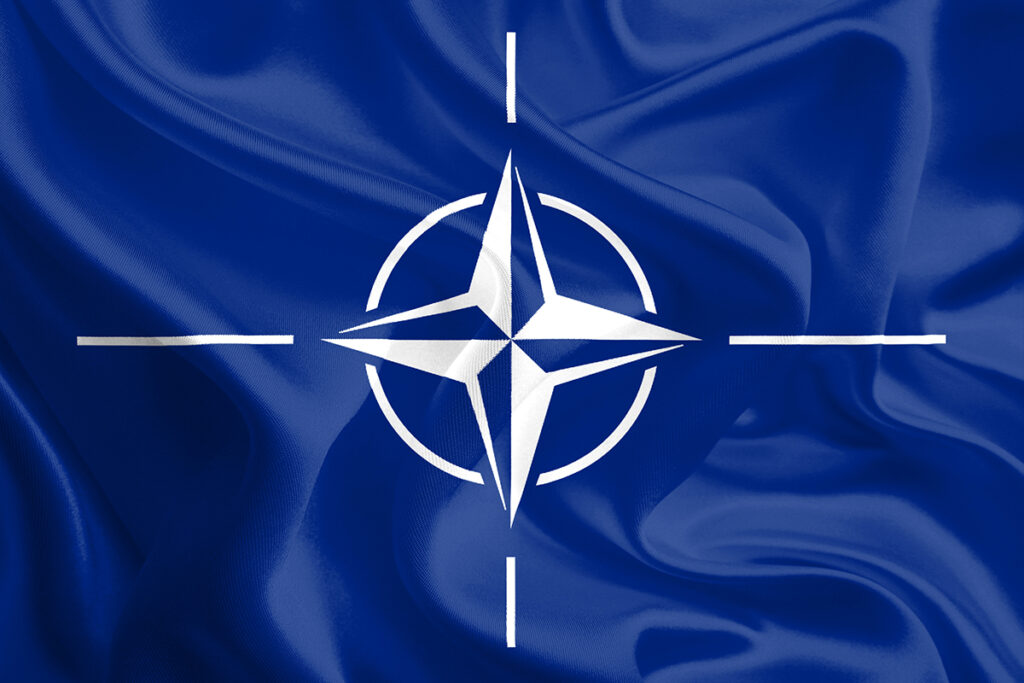In an era where the internet underpins communication, commerce, and national security, ensuring the resilience of global networks is of paramount importance. Recognizing this need, NATO has embarked on a bold initiative to fortify internet infrastructure against potential disruptions, with a focus on the vulnerable undersea cables that facilitate the vast majority of global data transmission.
Undersea fiber-optic cables, often no thicker than a garden hose, are the unsung heroes of global connectivity, carrying more than 95% of the world’s internet traffic. These cables transmit data at the speed of light across oceans, linking continents and enabling the digital world. However, their exposed nature makes them susceptible to both accidental damage and targeted sabotage. Annually, up to 150 cables are compromised due to fishing gear or maritime accidents. Moreover, recent events, such as the severing of submarine cables in the Baltic Sea in late 2024 amid rising geopolitical tensions, highlight their strategic vulnerability.
To address these risks, NATO is spearheading the Hybrid Space/Submarine Architecture for Telecommunications Security (HEIST), an innovative system that integrates satellite networks with undersea cables. This hybrid architecture aims to create a robust, fail-safe communication network, ensuring data flows remain uninterrupted even if traditional cable systems are compromised.
The initiative is particularly critical for countries heavily reliant on undersea cables. Iceland, for instance, serves as a growing hub for financial services and data storage but depends on just four cables to maintain connectivity with Europe and North America. A disruption to these links would leave the nation digitally isolated. HEIST seeks to provide a secure backup, leveraging space-based systems to bridge any gaps.
While satellite services like Starlink have expanded internet coverage globally, their centralized control has raised concerns about over-reliance on private entities. NATO’s HEIST initiative aims to create a decentralized and secure alternative, insulating the global internet infrastructure from the influence of any single actor or organization.
The HEIST project is a collaborative effort, uniting leading minds from institutions such as Cornell University, ETH Zürich, Johns Hopkins University, and Bifröst University. Military and governmental partners, including the Royal Swedish Navy and Iceland’s administration, are also deeply involved, alongside private sector experts. A working prototype is expected by 2026, with preliminary testing set to begin in 2025.
Despite its potential, the HEIST initiative faces significant hurdles. Navigating technical challenges, regulatory frameworks, and geopolitical sensitivities will require careful coordination. Moreover, the economic feasibility of scaling such a system remains an open question.
Nevertheless, as digital interdependence grows, the need for secure, resilient communication systems becomes ever more urgent. If successful, NATO’s HEIST project could redefine how the internet withstands disruptions, ensuring a safer, more reliable global network for the future.


